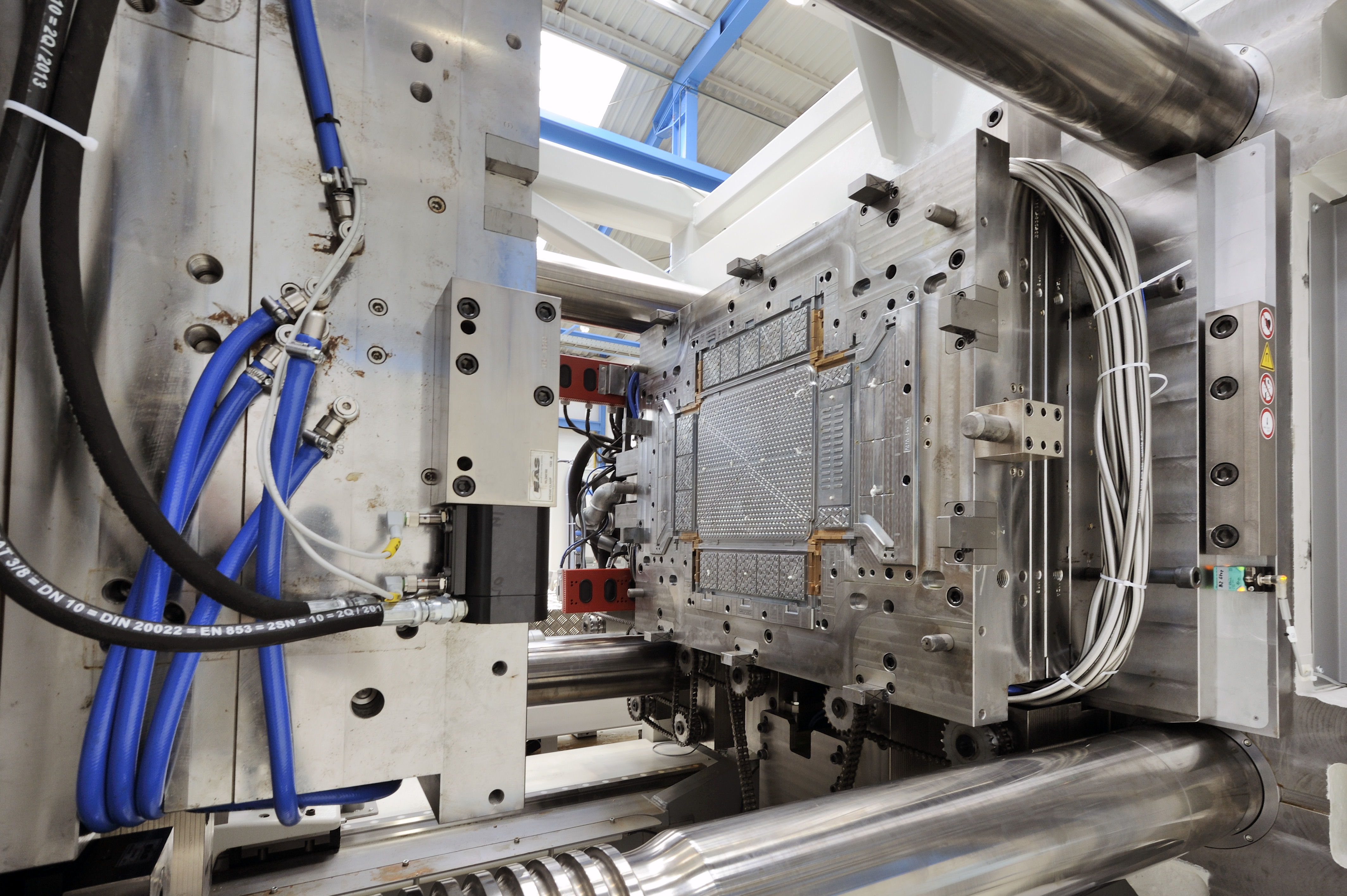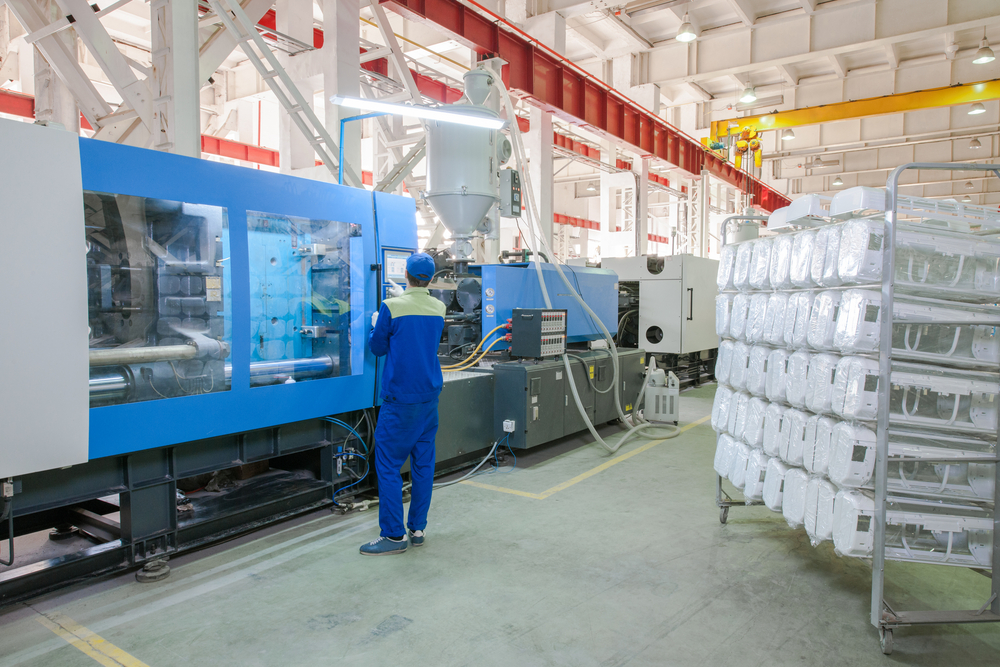The Benefits of Using Plastic Injection Molding for Custom-made Components Production
The Benefits of Using Plastic Injection Molding for Custom-made Components Production
Blog Article
Understanding the Fundamentals of Plastic Shot Molding Processes
Plastic injection molding offers as a cornerstone of contemporary manufacturing, giving a methodical approach to producing intricate parts with accuracy. Discovering these crucial aspects could expose how even minor changes can lead to considerable renovations in manufacturing end results, raising concerns regarding the potential for technology in this established process.
What Is Plastic Shot Molding?
Plastic shot molding is an extensively utilized production process that transforms thermosetting and thermoplastic materials right into accurate and intricate forms. This technique is favored for its capability to produce high volumes of the same get rid of exceptional precision, making it a vital method in different markets, consisting of automobile, durable goods, and medical tools.
The procedure includes thawing the selected plastic material and infusing it right into a mold and mildew under high stress. The mold and mildew, created to the requirements of the preferred part, allows the liquified plastic to take form as it cools down and strengthens. Once the product has actually set, the mold is opened, and the ended up part is ejected.
Plastic shot molding uses a number of benefits, consisting of minimized waste, uniformity in production, and the ability to incorporate elaborate layouts that may be testing with various other manufacturing methods. Furthermore, it supports a broad variety of products, each giving one-of-a-kind residential properties that can be tailored for details applications. As industries remain to innovate, plastic injection molding stays at the forefront, making it possible for the growth of advanced products that fulfill progressing consumer demands.
The Shot Molding Process
The shot molding process is an innovative strategy that entails several vital phases to generate top quality plastic elements. Originally, plastic pellets are fed right into a warmed barrel where they are melted right into a thick fluid. This molten plastic is then injected under high stress right into a precision-engineered mold and mildew, which forms the material right into the desired kind.
When the mold is loaded, the plastic is permitted to cool down and strengthen, taking the form of the mold tooth cavity. Air conditioning time is essential, as it affects the cycle time and the final residential or commercial properties of the molded component. After sufficient air conditioning, the mold and mildew opens, and the finished component is ejected using ejector pins.

Materials Used in Shot Molding
Different materials can be utilized in the injection molding procedure, each offering one-of-a-kind homes that deal with specific applications. One of the most commonly made use of products consist of thermoplastics, thermosetting plastics, and elastomers.

Thermosetting plastics, like epoxy and phenolic materials, go through a chemical modification throughout the healing procedure, causing an inflexible, inflexible structure. These materials are excellent for applications requiring high warm resistance and architectural integrity, frequently used in electric insulators and vehicle components.
Elastomers, consisting of silicone and rubber-based materials, offer adaptability and durability. Their special residential properties make them ideal for applications that demand flexibility, such as gaskets and seals.
Furthermore, specialized products like bio-based plastics and compounds are acquiring grip for their ecological advantages and enhanced performance characteristics, expanding the range of injection molding applications in various sectors. Recognizing the properties of these products is vital for choosing the suitable kind for particular tasks.
Advantages of Injection Molding
Injection molding stands apart as an extremely effective production procedure that supplies numerous advantages for producing complex get rid of precision. One of one of the most substantial benefits is the ability to go develop intricate layouts that would be difficult or tough to achieve with various other techniques (Plastic Injection Molding). The procedure permits tight tolerances and detailed features, ensuring high-quality components
Additionally, injection molding is recognized for its quick production capabilities, making it an ideal option for high-volume manufacturing. When the mold is created, components can be produced swiftly, reducing lead times and raising total efficiency. This effectiveness not just reduces manufacturing prices however additionally provides an affordable edge on the market.
The versatility of products used in shot molding further improves its appeal. A vast array of thermoplastics and thermosetting polymers can be used, allowing makers to select products that ideal satisfy their details demands, consisting of flexibility, stamina, and warmth resistance.
Furthermore, the procedure decreases waste, as excess material can typically be reused and recycled. This sustainability aspect next adds to a lowered environmental impact, making injection molding a liable production choice. In general, the advantages of shot molding make it a recommended approach for many markets.
Aspects Influencing Item Quality
While various aspects can affect item top quality in shot molding, recognizing these components is essential for accomplishing ideal outcomes. Key aspects consist of product option, refining criteria, and mold and mildew layout.
Product option plays a vital role, as various polymers show unique buildings that affect flowability, toughness, and thermal security. Poor product option can result in problems such as warping or incomplete dental filling.
Handling specifications, including temperature level, cycle, and stress time, must be meticulously regulated. Variants in these settings can result in inconsistencies in component measurements and surface finish. For instance, exceedingly high temperature levels may cause degradation of the polymer, while poor official website pressure can result in brief shots.
Mold design is just as crucial, as it figures out the flow of the molten plastic and the cooling procedure. Improperly developed molds might result in unequal air conditioning prices, causing recurring stresses and dimensional errors.

Final Thought
In final thought, plastic shot molding offers as an important production procedure that allows the effective production of premium elements. Mastery of the injection molding process, consisting of the understanding of products and the influence of different elements on product top quality, is crucial for attaining ideal results. The advantages of this approach, such as cost-effectiveness and layout versatility, further underscore its value across multiple sectors, strengthening its condition as a preferred selection for high-volume manufacturing.
Plastic shot molding offers as a keystone of modern-day manufacturing, providing a systematic technique to producing complex parts with precision.Plastic injection molding uses a number of advantages, consisting of decreased waste, uniformity in production, and the capacity to integrate intricate layouts that may be testing with other making techniques (Plastic Injection Molding). As sectors continue to introduce, plastic injection molding continues to be at the leading edge, making it possible for the advancement of innovative products that fulfill developing customer demands
The shot molding procedure is an advanced strategy that includes numerous essential phases to produce top notch plastic components.In final thought, plastic shot molding serves as an important manufacturing process that makes it possible for the efficient production of high-grade components.
Report this page